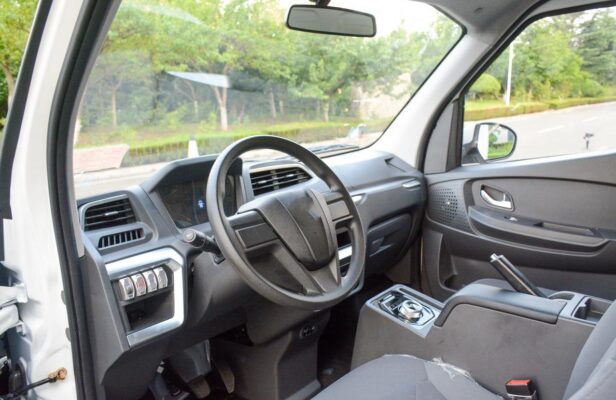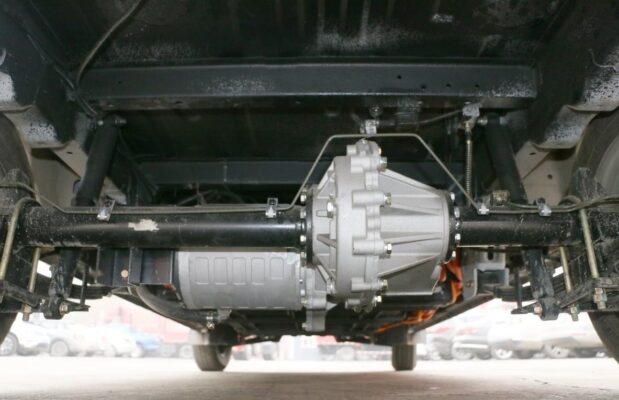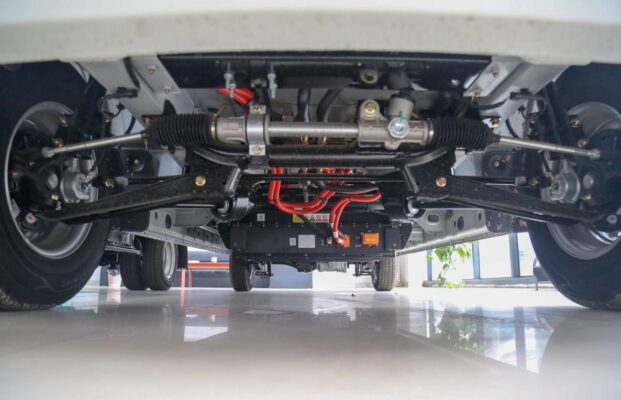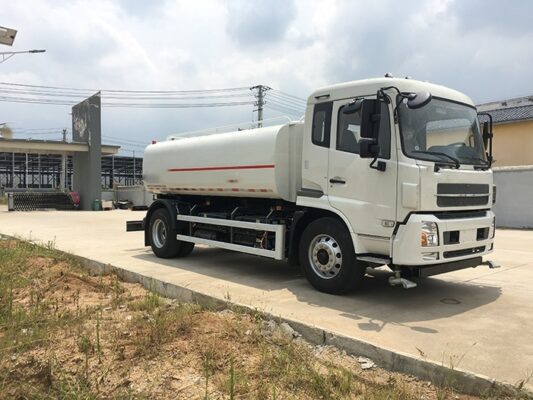Winter has bid farewell, and spring has arrived, bringing with it the beauty of blooming flowers. As a passionate car enthusiast, it is essential to give your vehicle some extra care and meticulous maintenance to ensure it remains “healthy and energetic” throughout the entire year!

- Vehicle Paint Surface
During spring, rain showers become more frequent. To safeguard the paint surface from long-term damage caused by acid rain, it is advisable to undertake appropriate maintenance treatments. The simplest and most common approach is waxing. This forms a protective layer over the paint, helping to repel water and dirt and enhancing the shine of the vehicle. For those seeking more durable and long-lasting protection, options such as glazing or coating can be considered. The choice depends on the condition of the vehicle‘s paint surface. If there are minor scratches or oxidation, glazing can help restore the smoothness and gloss. Coating, on the other hand, provides an even stronger and more resilient barrier against environmental elements.
Let’s delve deeper into the significance of paint surface maintenance. The paint not only contributes to the aesthetic appeal of the vehicle but also serves as a protective layer against rust and corrosion. Acid rain contains harmful substances that can erode the paint over time, leading to discoloration, fading, and even exposing the underlying metal to the elements. Regular waxing or more advanced treatments help seal the pores of the paint, reducing the penetration of moisture and contaminants and preserving the vehicle‘s appearance and value.

- Cabin Disinfection
Although the severity of the epidemic has subsided, the presence of bacteria and viruses within the vehicle should not be overlooked. Coupled with the escalating temperature and humidity in spring, which marks the peak period for pathogen reproduction, it becomes imperative to conduct a comprehensive and systematic disinfection of the entire vehicle cabin!
This disinfection process should encompass all surfaces, including seats, Sėdynės diržai, dashboard, door handles, and air vents. Special attention should be given to areas that come into frequent contact with hands and body. Using appropriate disinfectants that are safe for automotive interiors and following the manufacturer’s instructions is crucial to ensure effective sterilization without causing damage to the materials.
It’s not just about eliminating visible dirt and grime; invisible microorganisms can pose health risks. A clean and disinfected cabin creates a healthier and more pleasant driving environment for you and your passengers.

- Radiator Maintenance
As the temperature gradually rises in spring, it is common for the radiator to experience a potential deficiency in coolant. Vigilant monitoring is necessary, and any insufficiency should be promptly addressed by adding the appropriate coolant.
The radiator plays a vital role in regulating the engine’s temperature, preventing overheating. Insufficient coolant can lead to inefficient heat dissipation, increasing the risk of engine damage and breakdown. Regular checks of the coolant level and its condition (for signs of contamination or degradation) are essential. Be to, inspecting the radiator for leaks or clogged passages helps maintain optimal performance and extends the lifespan of the engine.

- Wiper Blades
Regular checks of the wiper blades are essential. Listen for any abnormal noises or vibrations during their operation. Also, closely inspect the rubber blades for signs of aging, hardening, cracking, or other forms of deterioration. Timely replacement is necessary to ensure clear visibility during rainy or foggy conditions.
The wiper blades are a critical safety component, as they directly impact the driver’s ability to see the road clearly. Worn-out blades may streak, skip, or fail to remove water effectively, compromising visibility and increasing the risk of accidents. It’s recommended to replace them at least once a year or sooner if any significant damage or reduced performance is noticed.

- Cleaning Tires
This primarily involves inspecting the tire tread for wear, checking the tire pressure regularly, and taking measures to extend the tires’ lifespan. If feasible, a comprehensive inspection and repair of the tires can also be carried out.
Proper tire maintenance is crucial for both safety and fuel efficiency. Uneven tread wear can affect handling and braking performance. Maintaining the correct tire pressure helps improve mileage and reduces the risk of blowouts. A detailed inspection of the tires for punctures, sidewall damage, or bulges is important to identify potential issues before they escalate.

- Anti-Rust Treatment for the Chassis
During the transition from winter to spring, given the heavy snowfall in winter and the increased likelihood of the vehicle chassis coming into contact with wet and slushy roads, it is essential to inspect for any damage to the chassis and effect timely repairs. Be to, a thorough sealing and anti-rust treatment should be carried out.
The chassis is exposed to various road conditions and corrosive substances, making it susceptible to rust and damage. Rust can weaken the structural integrity of the chassis over time. Applying a protective coating or sealant helps prevent moisture and salt from penetrating and causing corrosion. Regular inspections allow for early detection and remediation of any damage, ensuring the vehicle‘s stability and safety.
The above are some valuable small tips for vehicle maintenance in spring that the author has prepared for everyone. Therefore, before embarking on a delightful spring outing, ensuring proper vehicle maintenance is of paramount importance. This not only guarantees your personal safety but also provides peace of mind for your family.
Apibendrinant, spring maintenance for your new energy vehicle is a combination of preventive measures and proactive inspections. By taking these steps, you can enjoy a smooth and trouble-free driving experience throughout the season and beyond.